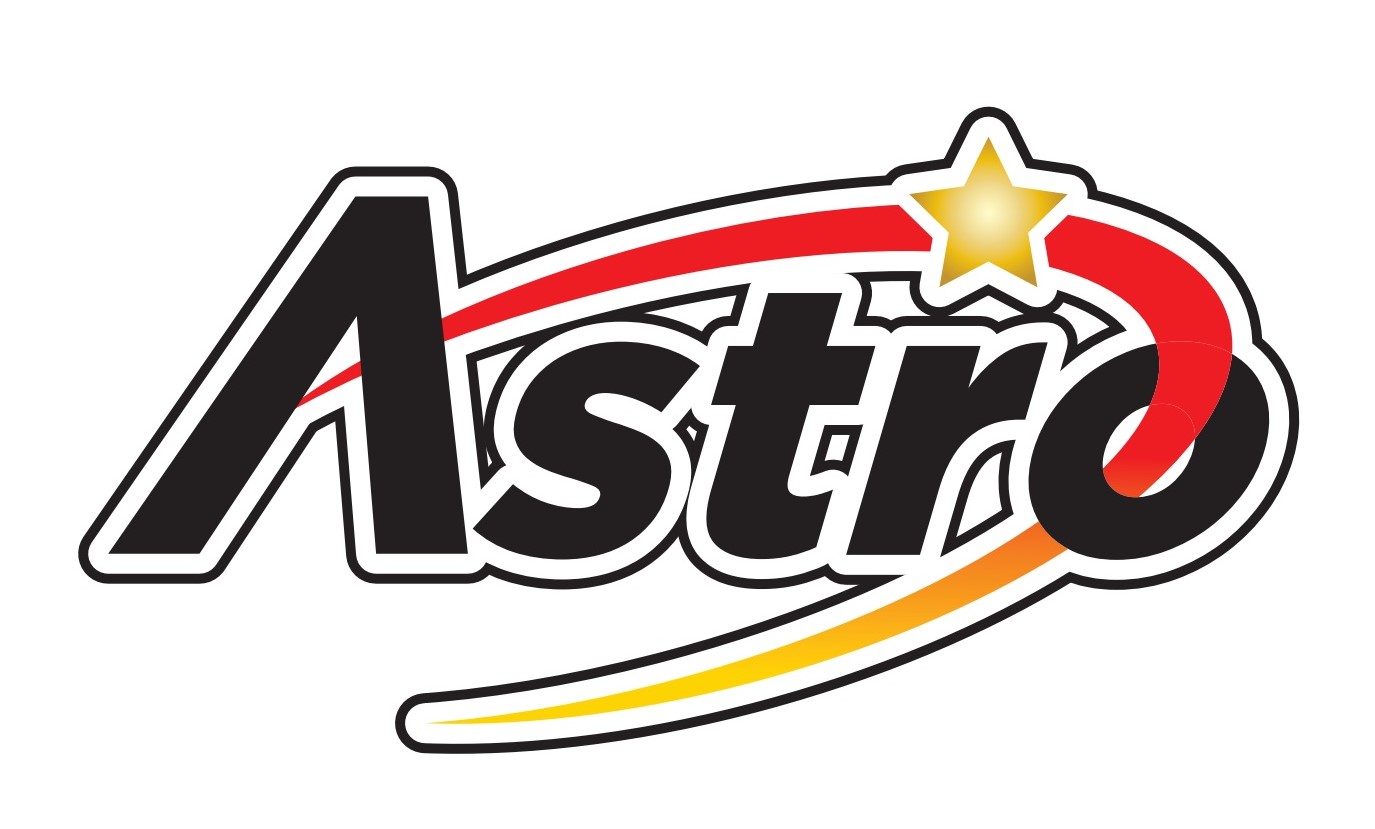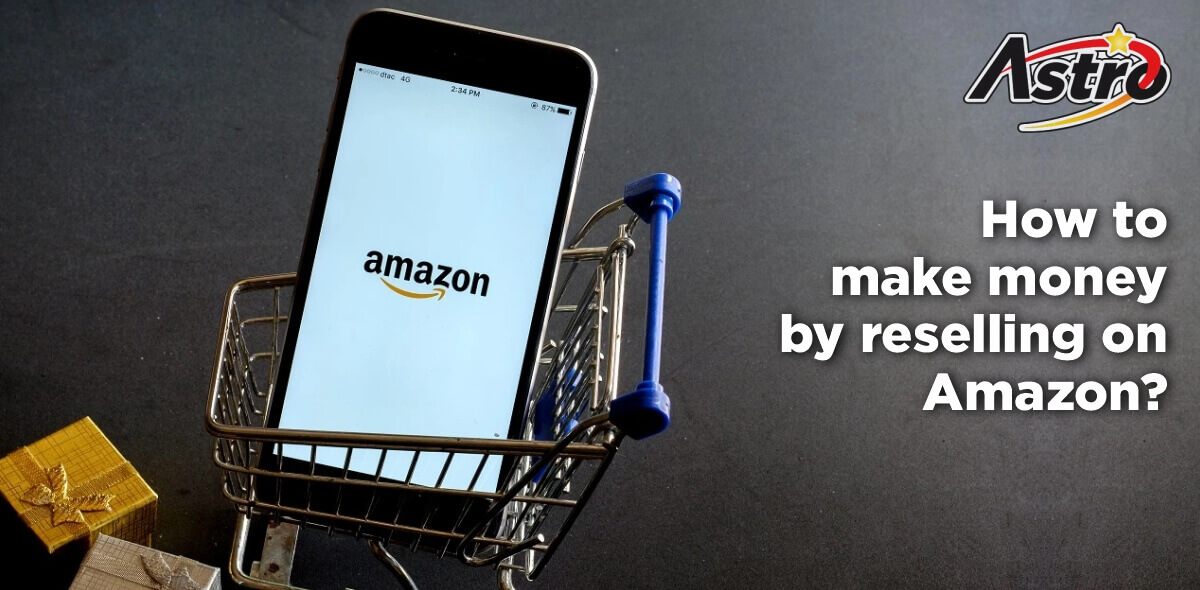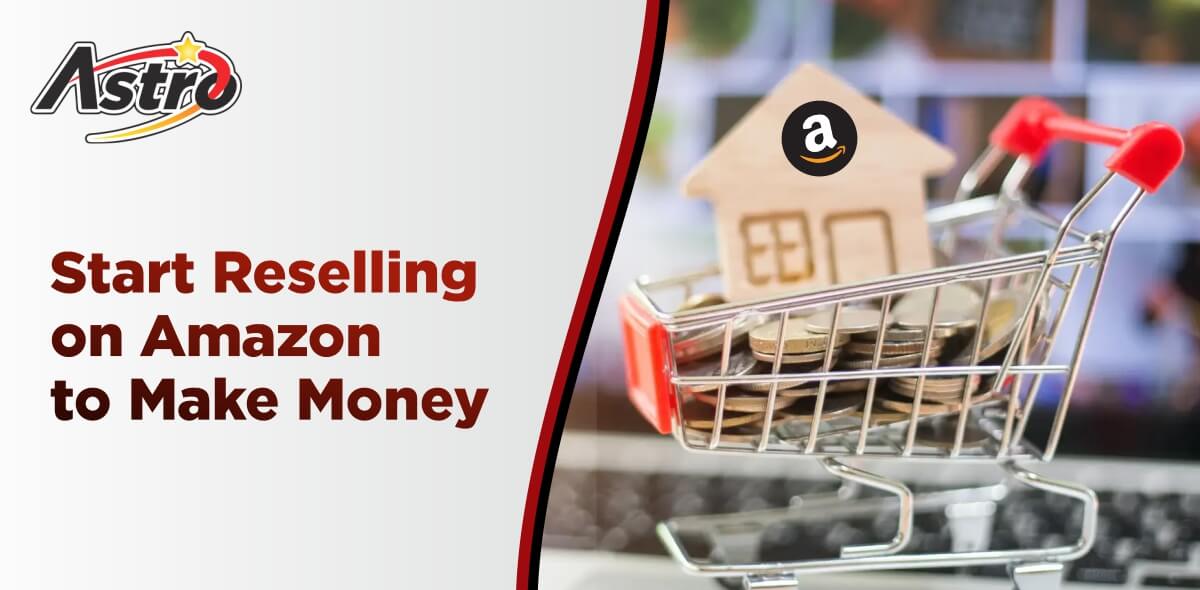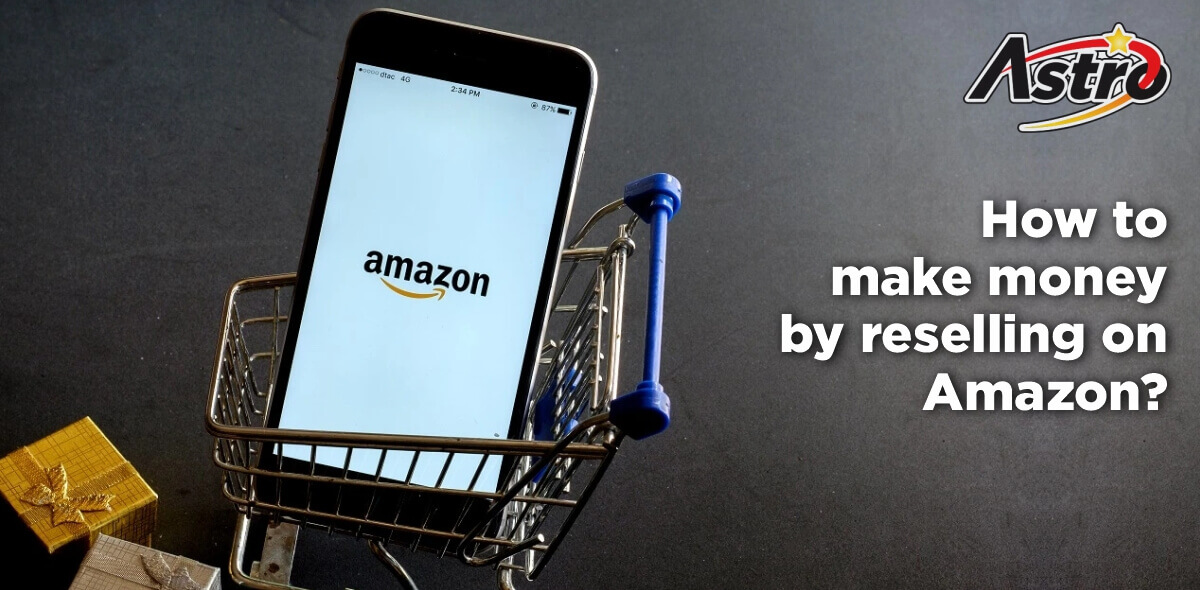How to make money by reselling on Amazon?
In the digital world, Amazon has become a lucrative venue for seasoned e-commerce entrepreneurs who want to exploit the vast market potential. While there are various ways of making money on Amazon, the resale of products using the Fulfillment by Amazon (FBA) program is one of the most commonly used approaches.
Wholesalers allow sellers to tap into numerous products that can be listed on Amazon's marketplace. In this step-by-step guide, we'll be highlighting the complexities of Amazon reselling and looking at FBA wholesale strategies to boost profitability.
Understanding Amazon Reselling
Amazon reselling implies purchasing products from the vendors and finally going on with the sale of the products on the Amazon marketplace at a profit. In contrast to regular retail, resellers don't produce or own the products they deal in. Rather, they hold the role of intermediaries between the suppliers and the end customers.
The FBA Advantage
FBA program solves the problem of reselling by letting retailers ship their goods to Amazon's logistic centers for storage, packing, and shipping. This permits resellers to concentrate on getting products and harnessing sales, while Amazon concentrates on operational activities.
Key Steps to Successful Amazon Reselling
1. Market Research
Carrying out proper market research will help you to choose profitable niches and products that have high demand. Take advantage of tools like Jungle Scout, Helium 10, or AMZScout for market research purposes, or a better understanding of the competitive landscape and customer demand. Concentrate on niches where the competition is low but there is room for profit.
2. Find Trusted Wholesale Suppliers
Develop rapport with trusted wholesale suppliers who provide top-notch products at reasonable rates. Attending trade shows, industry events, and networking platforms are ways to link with potential suppliers.
Take advantage of Alibaba, ThomasNet, or SaleHoo directories, which have verified wholesale suppliers.
3. Look for Favorable Pricing
Negotiate with suppliers for favorable pricing, minimum order quantity (MOQ), and payment terms to manage a profitable margin. Pursue special offers or price cuts for larger quantities to strengthen your competitiveness on Amazon.
4. Create Innovative Product Listings
Write excellent listings of products that are supported by high-quality graphics, concise detailed text, and related words. Optimise product titles, bullet points, and keywords beforehand for higher conversion rates and better search visibility. Leverage A+ Content on Amazon which allows you to include multimedia elements and further brand development in the product listings.
5. Use Competitive Pricing
Set competitive but profitable prices by studying competitor pricing, Amazon fees, and profit margins. Make use of auto repricing tools such as RepricerXpress, which not only enable you to adjust prices based on market conditions and competitor changes but also do it on your behalf. Continuously reevaluate and adapt pricing tactics to garner revenue and achieve the best sales figures.
6. Maintain the Inventory
You should look for optimal stock levels that satisfy the demand but limit the expenses derived from storage costs and inventory-to-cost ratio. Moreover, adopt inventory forecasting techniques that can forecast demand fluctuations and prevent stock-outs or surplus situations from happening. Take advantage of Amazon Inventory Management systems, such as inventory levels tracker, sales velocity tracker, and replenishment plan maker, to sell the product.
7. Promotion and Marketing
Promote your products on platforms like Amazon Sponsored Products, display ads, and social media promotions to attract more traffic and sales. Make use of Amazon sales tools such as Lightning Deals, Coupons, and Prime Exclusive Discounts to get customers to buy more and so improve your sales. Instill a strong brand following through customer reviews, seller feedback, and good customer service to help project an image of credibility and trust.
8. Use KPIs for Performance Monitoring
Perform key performance indicators (KPIs) reviews including sales condition, conversion rate, and profitability rates on a regular basis. Identify gaps and opportunities through A/B testing, product examining, and customer listening. You should study and stay informed about Amazon's policies and changes in algorithms keeping your moves strategically planned.
Wrapping Up
Amazon reselling presents great opportunities for people to create a successful e-commerce business that depends on the use of the FBA model as well as wholesale sourcing. By means of undertaking elaborate research, developing reasonable supplier connections, fine-tuning product descriptions, and integrating persuasive marketing strategies, resellers can amplify the profitability in the highly competitive Amazon marketplace.
Yet, Amazon Resell is an enterprise that only succeeds with continuous learning, adjusting, and learning about customer needs and desires. With the combination of determination and critical thinking, sole traders can utilise ample opportunities in the world's largest online marketplace.
So, contact your nearest Amazon FBA wholesale suppliers today!












